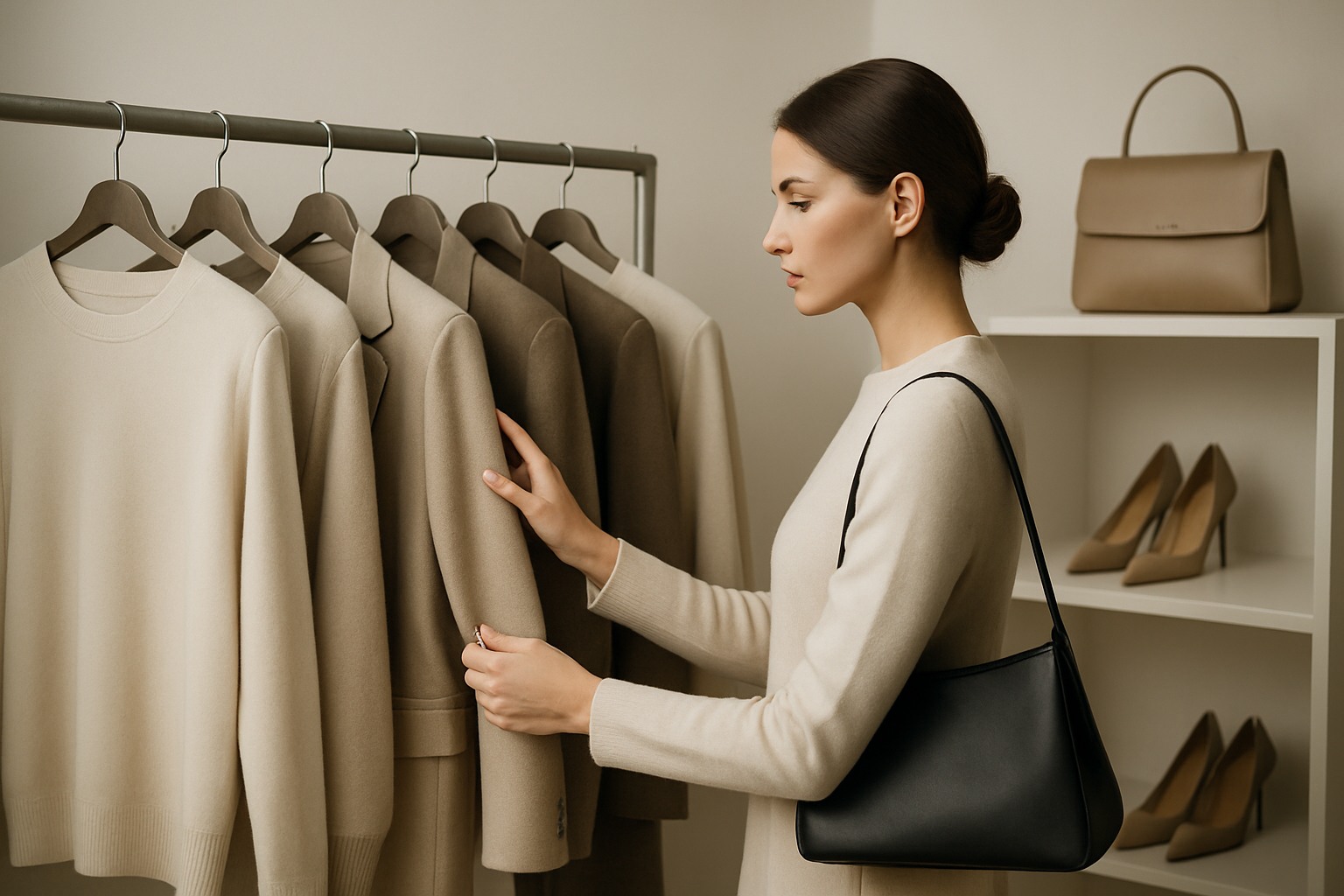Dopamine Dressing: The Science of Mood-Boosting Fashion
Introduction: In a world where personal style meets psychological well-being, a vibrant trend is taking the fashion industry by storm. Dopamine dressing, the art of wearing clothes that spark joy and elevate mood, is revolutionizing how we approach our wardrobes. This color-rich, feel-good fashion phenomenon is more than just a passing fad—it's a powerful tool for self-expression and emotional uplift.

The concept draws from color psychology, which suggests that different hues can evoke specific emotions and behaviors. For instance, warm colors like red and orange can energize, while cool tones like blue and green may promote calmness. By consciously choosing colors and styles that resonate with our desired emotional state, we can potentially influence our mood and outlook for the day.
The Rise of Mood-Enhancing Wardrobes
The trend towards dopamine dressing gained significant momentum in the wake of global events that left many seeking comfort and joy in their daily lives. Fashion designers and retailers quickly caught on, offering collections brimming with mood-lifting colors, playful patterns, and feel-good textures. This shift represents a departure from the minimalist, neutral palettes that dominated previous seasons.
Luxury brands and fast-fashion retailers alike have embraced this trend, creating capsule collections dedicated to the art of dressing for happiness. From neon-hued accessories to whimsical prints and unexpected color combinations, the market is now flooded with options designed to spark joy in the wearer.
Implementing Dopamine Dressing in Your Wardrobe
Embracing dopamine dressing doesn’t necessarily mean a complete wardrobe overhaul. It’s about identifying pieces that genuinely make you feel good and incorporating them strategically into your existing style. Start by exploring colors that resonate with you personally—perhaps a vibrant scarf, a pair of statement shoes, or a bold-patterned blazer.
Texture plays a crucial role in dopamine dressing as well. Soft, luxurious fabrics like silk and cashmere can provide a tactile pleasure that enhances mood. Similarly, playful elements like fringe, sequins, or interesting button details can add a touch of whimsy to an outfit, elevating your spirits.
Remember, the goal is to create outfits that feel authentic to you. While bright colors are often associated with dopamine dressing, if muted tones bring you joy, that’s your personal mood-boosting palette. The key is to wear clothes that make you feel confident, comfortable, and genuinely happy.
The Impact on Consumer Behavior and Retail Strategies
The rise of dopamine dressing has had a significant impact on consumer behavior and retail strategies. Shoppers are increasingly seeking out pieces that not only look good but also make them feel good. This shift has prompted retailers to rethink their merchandising strategies, focusing on creating joyful, immersive shopping experiences both in-store and online.
Visual merchandising has evolved to highlight mood-boosting pieces, with stores creating dedicated sections for “happy clothing” or offering personal styling services focused on dopamine dressing. Online retailers have also adapted, using AI and machine learning to recommend mood-enhancing pieces based on a customer’s browsing and purchase history.
Moreover, this trend has sparked a renewed interest in color analysis and personal styling services. Consumers are seeking expert advice on which colors and styles best suit their complexion, body type, and personality, all in pursuit of a wardrobe that truly uplifts their mood.
The Future of Feel-Good Fashion
As the fashion industry continues to evolve, dopamine dressing is likely to remain a significant influence. We can expect to see further innovations in fabric technology, with textiles designed to enhance mood through color-changing properties or embedded aromatherapy elements. Virtual and augmented reality may also play a role, allowing consumers to visualize the mood-boosting potential of an outfit before making a purchase.
However, as with any trend, there’s a need for balance. While dopamine dressing can be a powerful tool for self-expression and mood enhancement, it’s important to remember that true happiness and well-being come from within. Clothes can be a wonderful external expression of our inner joy, but they shouldn’t be relied upon as the sole source of happiness.
Mood-Boosting Fashion Tips
-
Identify your personal “happy colors” and incorporate them into your wardrobe
-
Experiment with unexpected color combinations to create visually stimulating outfits
-
Invest in pieces with interesting textures or playful details that bring you joy
-
Create a “dopamine dressing” section in your closet for easy access to mood-lifting pieces
-
Don’t be afraid to mix patterns—the unexpected combinations can be a source of delight
-
Accessorize strategically with bold, colorful pieces to uplift a neutral outfit
-
Consider the power of nostalgic fashion—wearing items that evoke happy memories can boost mood
In conclusion, dopamine dressing represents a fascinating intersection of fashion, psychology, and personal well-being. By consciously choosing clothes that make us feel good, we can potentially influence our mood and outlook on life. As this trend continues to evolve, it offers an exciting opportunity for individuals to explore the transformative power of fashion and harness it for their emotional benefit. Whether through a vibrant color palette, interesting textures, or simply pieces that spark joy, dopamine dressing encourages us to view our wardrobes not just as a collection of clothes, but as a tool for personal happiness and self-expression.





